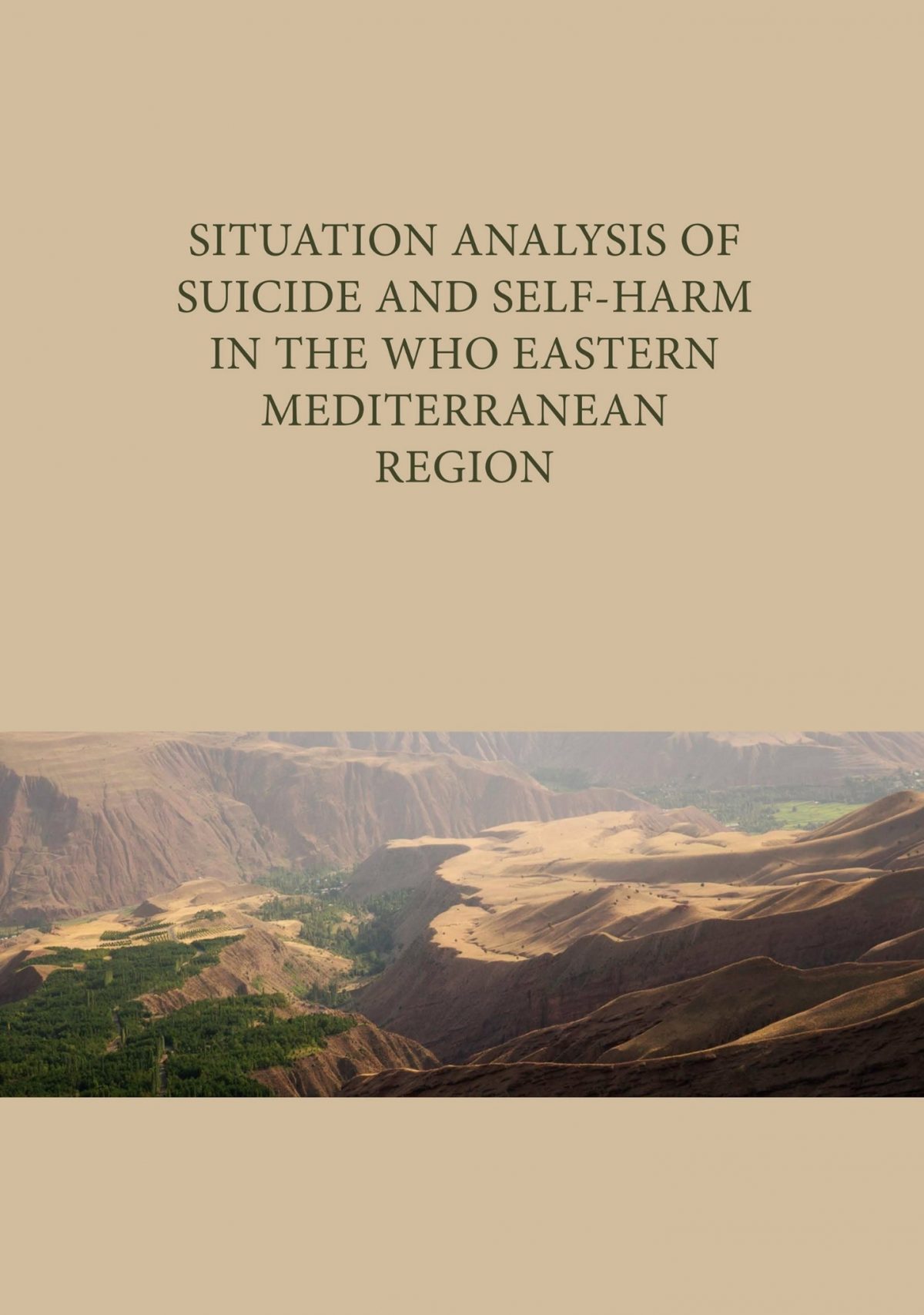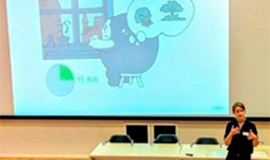
Trine Madsen from DRISP has recently received the ”Ascending Investigators Grant” from the Lundbeck Foundation to conduct the research project “Young People’s Risk of Suicide Attempt (YRSA).
The rate of suicide attempt in adolescents has been increasing for the last decades, especially in young girls. Suicide attempt is the best-established risk factor for subsequent death by suicide, therefore this increasing trend is alarming.
.
Trine Madsen from DRISP has recently received the ”Ascending Investigators Grant” from the Lundbeck Foundation to conduct the research project “Young People’s Risk of Suicide Attempt (YRSA).
The rate of suicide attempt in adolescents has been increasing for the last decades, especially in young girls. Suicide attempt is the best-established risk factor for subsequent death by suicide, therefore this increasing trend is alarming.
Reportedly, only up to 9-25% of those adolescents who attempt suicide are seen at somatic hospitals, implying that up to 90% of all teenagers in a crisis situation with a suicide attempt may have not received professional help for their suicidal behavior. The YRSA project aims to document prevalences and early risk factors for suicide attempt in both those seen at somatic hospitals for suicide attempt and in those who self-reported suicide attempt but do not seek somatic treatment. Further, the aim is to examine barriers and facilitators of seeking help from mental health services after a suicide attempt. The YRSA project, which combines self-reported data from the Danish National Birth Cohort with register-based data, are unique for this purpose.
The Ascending Investigators grant is given to established and talented scientists at Danish research institutions to further develop their careers and to make significant research contributions. It is an honor to receive a such prestigious award.
Read more about the project: [Link]








